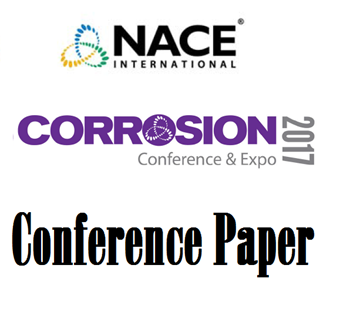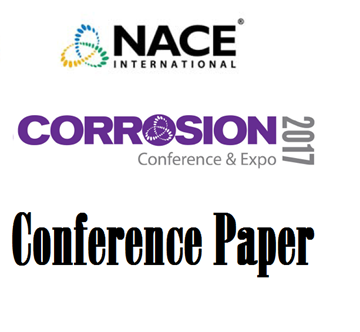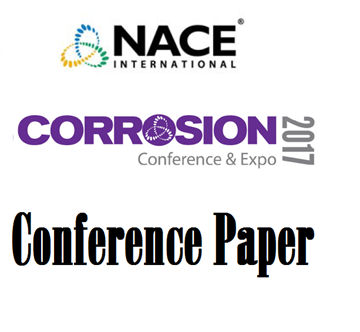Search
51317--9496-Qualification and Application of Ultrasonic Technology for Power Plant Component Fouling Control
Also Purchased
51317--9504-Validation of Corrosion Growth Rate Models
Product Number:
51317--9504-SG
ISBN:
9504 2017 CP
Publication Date:
2017
$20.00
51317--9485-Modern Electric Power Substation Failure Case Histories and Mitigating Strategies
Product Number:
51317--9485-SG
ISBN:
9485 2017 CP
Publication Date:
2017
$20.00
51317--9497-Corrosion Evaluation of Alloys For High Temperature Service in Molten Fluoride Salt Cooled Reactors
Product Number:
51317--9497-SG
ISBN:
9497 2017 CP
Publication Date:
2017
$20.00




